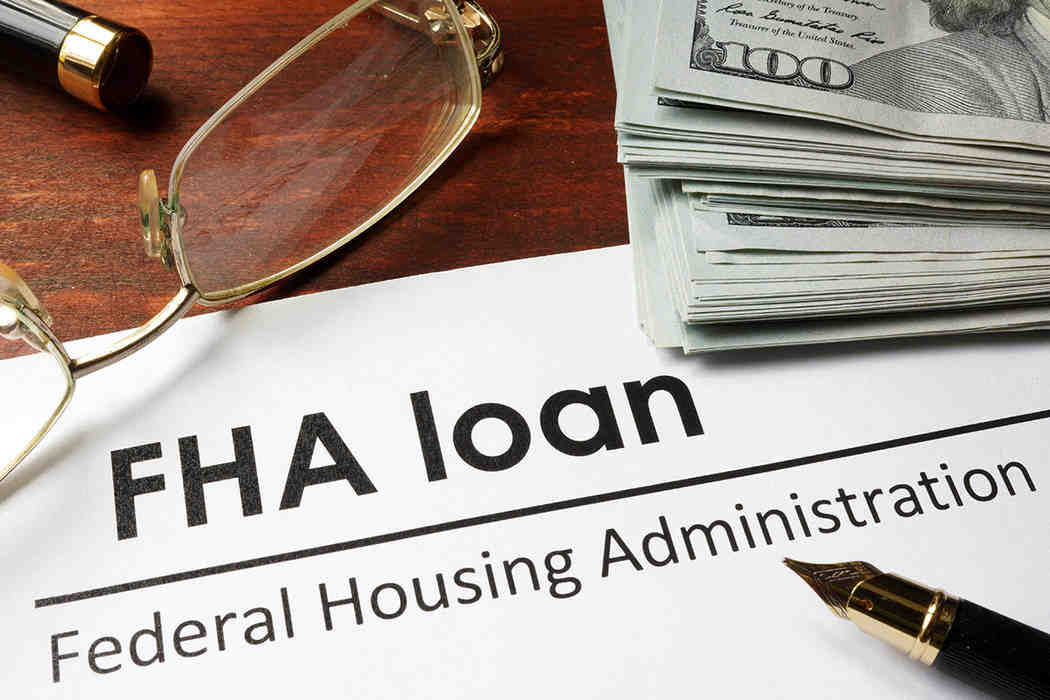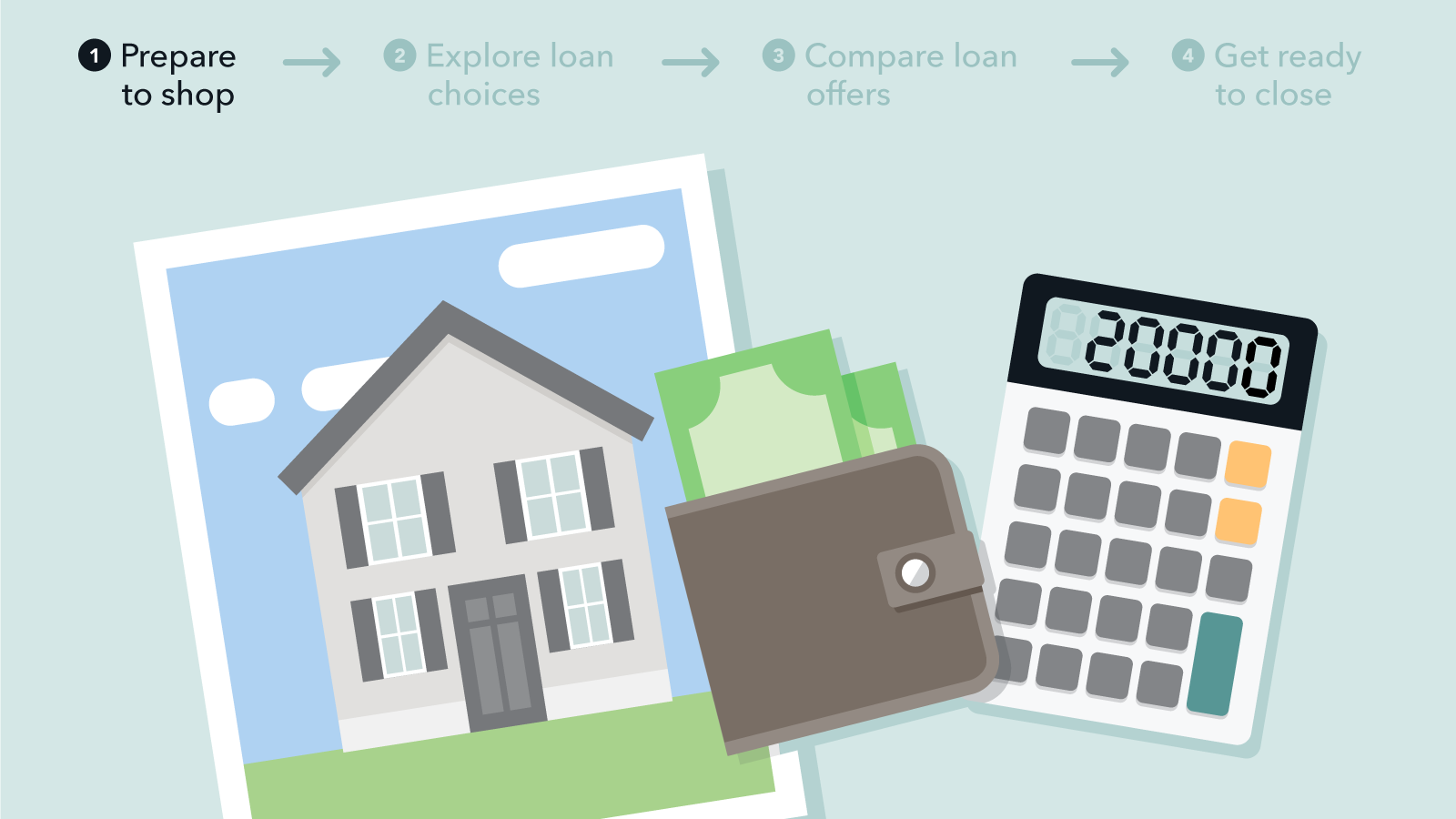“A typical down payment is usually between 10% and 20% of the total price. On a $12,000 car loan, that would be between $1,200 and $2,400. As far as down payment is concerned, the more you invest, the better it will be for you in the long run, as this reduces the amount you will pay for the car in the end.
How much is a downpayment on a 300k house?
Contents

If you are buying a house for $300,000, you would pay 3.5% of the $300,000 or $10,500 as a down payment when you close the loan. The loan amount would then be for the remaining cost of the home, which is $289,500. Please remember that this does not include closing costs and any additional fees included in the process.
How much should a first-time homebuyer spend? Typically, you will need to deposit a deposit equal to at least 5% of the sale price to buy a home. For banks, this is usually the lowest deposit they will ever receive – although many require much more.
What is the typical down payment on a house in 2021?
According to OptimalBlue, the median payment for a single-family home was $28,300 in June 2021, but that number can vary from state to state. Also, according to a survey conducted by the National Association of Realtors in 2020, the average down payment percentage was 12% of the home’s value.
How much is a down payment on a house in 2021?
| state | Average payment for a house, beginning of June 2021 |
|---|---|
| California | $34,500 |
| arizona | $34,488 |
| oklahoma | $33,525 |
| indian | $32,900 |
Whats the least amount you can put down on a house?

There are conventional loan options that require a down payment of up to 3%, but many lenders impose a 5% minimum. If the loan is for a vacation home or multifamily property, you may need to pay more, usually 10% and 15% respectively.
Can I invest $5000 in a house? The premium you will pay varies depending on the value of your home. For example, let’s say you buy a $100,000 house and spend 5%. Your down payment is $5,000 and the mortgage is $95,000. … With FHA mortgages, however, you must pay PMI for the life of the loan.
Can you put less than 10 percent down on a house?
The short answer is yes, it is possible to buy a home with less than 10% down payment. In fact, the median down payment in 2017 was 5% for home equity loans, according to the Urban Institute. Some loan programs only require a 3% investment.
Can I buy a house with just 5% down?
Conventional loans can be made with advances of 3% to 5%, depending on the borrower’s ownership and qualifications. If your credit score is on the lower end of the spectrum, you can still get an FHA mortgage for your primary residence at just 3.5% reduction.
Can you put down less than 5% on a house?
FHA Loan: With an FHA loan, you will need a down payment of at least 3.5%. To be able to establish the FHA minimum payment of 3.5%, you will need a credit score of 580 or higher. If your credit score is between 500 and 579, you will need to put in at least 10%.
Can you put less than 5% down?
Another way to buy a home with less than 5% down payment applies to veterans and certain homebuyers in rural areas – qualified buyers don’t need to spend any money. … USDA loans are available to buyers in certain rural areas whose income is below the limitations based on their location of residence.
What is the smallest percentage you can put down on a house?
The minimum is usually determined by the individual lender, but it can be 20%, 25%, 30% or more. FHA loans, backed by the Federal Housing Administration, are available for a minimum amount of 3.5% if the borrower has a credit score of at least 580.
How long do you have to pay PMI on an FHA loan?
If you put at least 10% on your loan amount, you will only need to pay the MIP for 11 years of your loan. If you invest less than 10%, you will pay MIP for the life of the loan. You may want to wait until you have at least 10% down before buying a home to lower your MIP payment amount.
How long until PMI is paid? If you have owned the home for at least five years and the loan balance does not exceed 80% of the new valuation, you can apply for PMI cancellation. If you have owned the home for at least two years, your remaining mortgage balance should not exceed 75%.
Can PMI be waived on FHA loan?
If you purchased a home on an FHA loan a few years ago, you may be eligible to cancel your FHA PMI today. … If your loan balance is 78% of the original purchase price and you have been paying the FHA PMI for 5 years, your lender or service must cancel your mortgage insurance today – by law.
Can a lender waive PMI?
The lender will waive PMI for borrowers with less than 20% reduction, but will also increase their interest rate; therefore, you need to do the math to determine if this type of loan makes sense for you. … Your credit score will not affect the insurance rate for FHA loans, although it may be higher if you put in less than 5%.
Can you avoid mortgage insurance on FHA?
The FHA charges an upfront premium that homebuyers pay at closing or financing the loan amount and add to their debt. The minimum input value of the FHA is 3.5%. … And unless they contribute at least 10%, the monthly mortgage insurance payment cannot be canceled, unlike private mortgage insurance.
How long do you have to have PMI on a FHA loan?
Although the law has changed more than once on this issue, current guidance states that borrowers who have taken less than 10% of an FHA loan must pay for FHA mortgage insurance until the entire loan term expires. If you reduce it by at least 10 percent, however, you can remove the FHA MIP after 11 years of payments.
Is FHA PMI permanent?
The nice change is that the FHA lowered their mortgage insurance premiums in January 2015. On the downside, they’ve made the PMI essentially permanent over the life of most mortgages they insure.
Is PMI forever on FHA?
Mortgage insurance (PMI) is removed from conventional mortgages once the loan reaches the 78% loan-to-value ratio. But removing FHA mortgage insurance is a different story. Depending on your down payment and when you first took out the loan, the FHA MIP usually lasts 11 years or the life of the loan.
How do I get rid of FHA MIP?
The quickest way to get rid of an MIP on an FHA loan may be to refinance into a conventional loan. If you have 20% equity, you can avoid paying PMI on the new loan. Mortgage insurance protects lenders from losing money to high-risk borrowers who can default on their mortgages.
How do I get my FHA PMI back?
Claiming Reimbursement Reimbursement of a mortgage insurance premium advance payment (MIP) can be requested through the Single Family Insurance Operations Division (SFIOD) of HUD. On the FHA connection, go to the Upfront Premium Collection menu and select Request a Refund in the Pay Upfront Premium section.
How do I get rid of PMI on an FHA loan?
Getting rid of PMI is quite simple: Once you’ve accumulated 20% of the equity in your home, whether you’re making payments to reach that level or increasing the value of your home, you can request removal of PMI.
Can you remove PMI from FHA loan without refinancing?
It would be possible to eliminate the FHA mortgage insurance premium without refinancing. But only if you got the loan before 2013 or put at least 10% off when you bought the house. If your MIP does not expire on its own, you will need to refinance your FHA loan to eliminate your MIP.
How long do you have to have PMI on a FHA loan?
Although the law has changed more than once on this issue, current guidance states that borrowers who have taken less than 10% of an FHA loan must pay for FHA mortgage insurance until the entire loan term expires. If you reduce it by at least 10 percent, however, you can remove the FHA MIP after 11 years of payments.
Can I cancel PMI after 1 year?
You have the right to ask your service provider to cancel your PMI when you reach the date your mortgage principal balance is scheduled to drop to 80% of your home’s original value. This date should have been written in a PMI disclosure form when you received your mortgage.